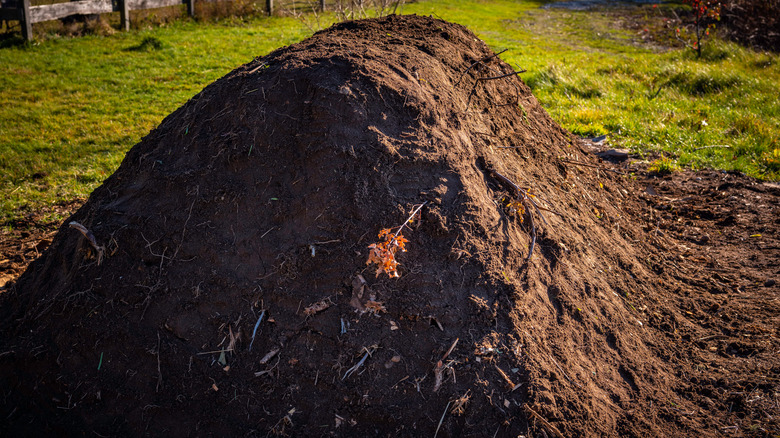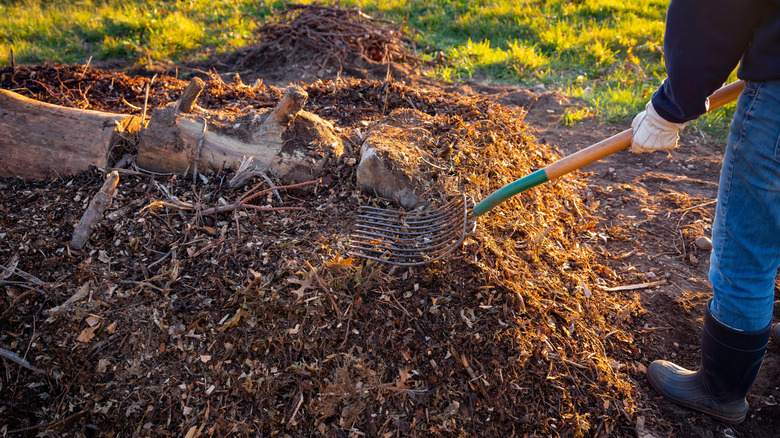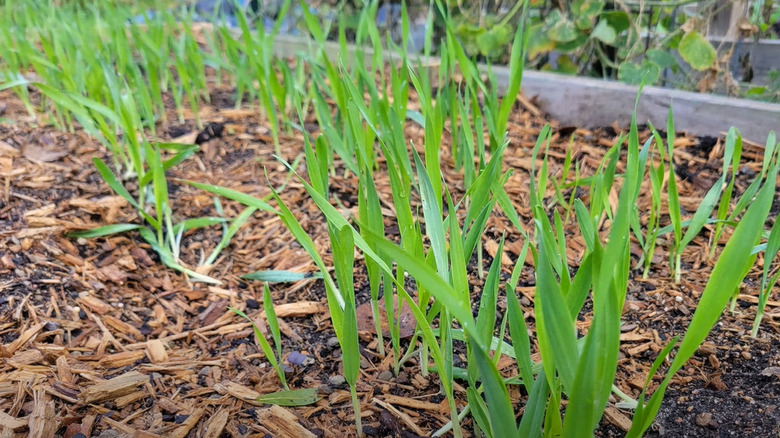The Unbeatable Benefits Of Hugelkultur Gardening
Picture the delight of coaxing life from tiny seeds to bountiful blooms bearing lush fruits right in your backyard. But what if you could take gardening to another level entirely? This is where Hugelkultur gardening takes center stage. Let not the name intimidate you. It's a German term for "hill culture," and it refers to the ecological craftsmanship of carefully assembling three-foot-high mounds with logs and branches layered with a generous layer of compost and soil. The benefits of hugelkultur gardening are worthy of consideration, whether by a green thumb novice or a seasoned veteran. Say goodbye to laboring with heavy fertilizer bags and hunching over with gardening tools. Not to mention that you can extract high fertility yields from the garden with less labor, watering, and space.
But how does hugelkultur gardening work? The pile of sticks and wood at the base of the mound, gently rotting away, aids in retaining moisture, drawing essential nutrients into the soil, and ultimately, creating a self-nourishing ecosystem within your garden. But while the advantages are tantalizing, hugelkultur gardening requires an appropriate selection of wood. The optimal choice would be materials that aren't rot-resistant and decompose steadily. Birch, willow, poplar, sycamore, and maple serve brilliantly in this role. Conversely, rot-resistant woods such as Black Cherry, California Redwood, Oak, and Black Walnut are best avoided. Other materials to steer clear of your hugel bed include treated wood, foliage from treated plants, and weeds with seeds (per MGSOC).
An all-round plant nurturer
Hugelkultur beds stand tall as an all-around plant nurturer that works as a self-feeding, permaculture-style system. Envision an organic powerhouse that gradually decays, releasing a steady, generous stream of nutrients to its green inhabitants for two decades. Thanks to the dedicated work of microorganisms and worms, the wooden remnants in your hugel bed transform into fertile soil rich with essential plant nutrients. This fertile ground nurtures notoriously heavy feeders like melons, squash, and pumpkins with effortless ease, serving them with constantly renewing sustenance.
The pros of hugelkultur gardening don't stop at nutrient supply, though. That decomposition process — a slow, contemplative dance of organic matter returning to the earth — emits a gentle, persistent heat. The culmination here is extended growing seasons, allowing you to enjoy your garden's bounty for longer. On top of this, as decomposition advances, it paves the way for air pockets within the soil, making it lighter. That, of course, lets plant roots breathe easily for more vigorous growth. And the best part? The increasing aeration means you can give your gardening tools a break as tilling becomes unnecessary.
Next, let's dive into another element that keeps our gardens flourishing: water. Remarkably, hugel beds are self-irrigating. Yes, those materials don't just provide nutrients. As Lina Cowley, botanist and senior editor at Trimmed Roots, told Ideal Home, "The logs and organic matter within the beds act like sponges, soaking up water and slowly releasing it to the plants." Think of gentle, continual rain.
Affordable, space-saving, and easy to maintain
Hugelkultur gardening's cost-effectiveness is an undeniable gem. Waste that often meets the trash bin, from decomposing wood, dead leaves, and kitchen scraps to grass clippings, metamorphoses into nutrient-rich, thriving plant habitats. Besides, there's no heavy dent on your pocket, just a light investment of your time and energy in scavenging and assembling these resources. And speaking of dents, each layer of topsoil you enrich your hugel bed with demands a meticulous ritual of light watering and tempering, foiling the potential formation of voids that could compromise your safety (per Oklahoma State University).
Another benefit of hugelkultur gardening touches on space: the frontier where every inch is a battle won or lost for most urban and suburban gardeners. Hugelkultur gardening puts to rest those battles with its highly efficient, vertical growth approach. Not only that, the mounded topography also hosts various plants thriving in different microclimates.
The grand finale comes with hugelkultur bed's uncomplicated maintenance. Picture this method as an embodiment of "set-and-forget" gardening. Once you have soldiered through the initial stages of constructing these monumental beds, the garden almost takes care of itself since the organic material effortlessly breaks down to feed your plants like a benevolent, long-lasting fertilizer. Speak of nature's autopilot mode. Furthermore, with the wood chunks serving as a natural reservoir, you expect a reduced need for constant watering. For gardeners battling arid conditions or backaches, this form of low-carbon gardening could be a dream come true.


